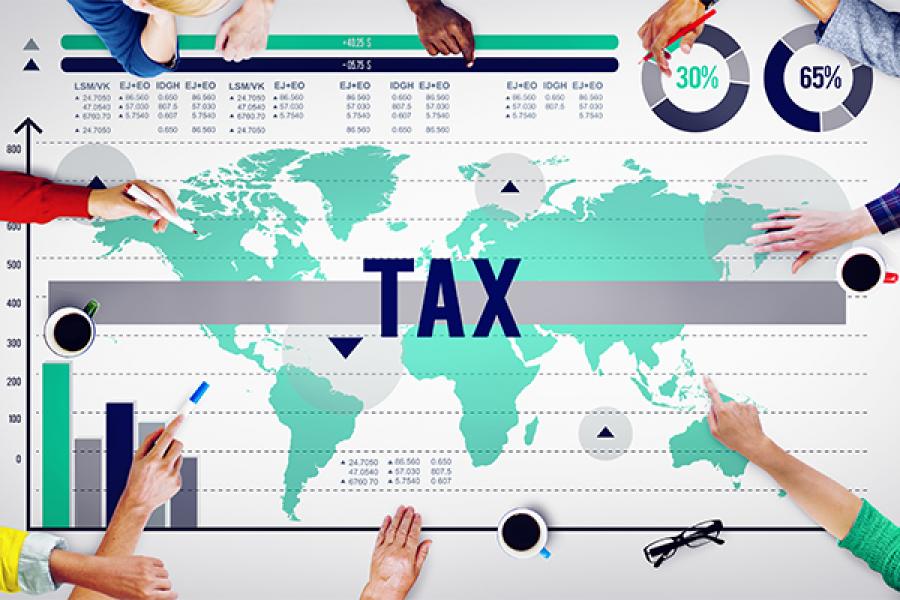Will CbCR change the way we do business?
New reporting requirements for larger companies will make detailed country-by-country tax and financial information visible to many eyes
Vasudaiva Kutumbakam – The world is one family – a theory propounded centuries ago, is finding growing acceptance today. Ironically, it is the business family which stands stoically by this philosophical theory. Businesses today are operating in multiple geographies creating a level-playing field where every person in every country could have equal opportunity to showcase their talent.
While the companies have always been actively planning as to where to invest and how to structure their global business operations, the question that has seemingly gained media and public attention is whether MNCs pay their ‘fair share’ of taxes. In response to this, the OECD[1], has executed the BEPS[2] project aiming to reshape the international tax rules. One important means for preventing BEPS is to ensure that the tax authorities globally are equipped with information from MNCs about the global supply chain and the jurisdictions in which the profits are taxed. This will enable the tax authorities to evaluate the fair share of tax earned by each of the jurisdictions. OECD aims to arm tax authorities with this weapon of information through BEPS-avoidance project Action Plan 13 i.e. Country by Country Reporting (CbCR).
Action Plan 13 provides for a three-layered Transfer Pricing (TP) documentation consisting of firstly a Master File giving an overall perspective on the business, secondly a Local File containing information for each country and finally a CbCR capturing data on revenue, profits and taxes, number of employees and the nature of business activities for each and every entity in the taxpayer group. Indeed a 3-D view for tax authorities! While the first two dimensions were more or less covered by the existing TP regulations, CbCR would be an entirely new WMD added to the tax authorities’ armory – Weapon of Matured Deduction of true profits!
This brings us to an important question of whether CbCR will change the way we do business?
New reporting requirements for larger companies will certainly make detailed country-by-country tax and financial information visible to many eyes, and possibly not just those of tax authorities. Regimes which have embraced low corporate taxation policy for attracting investments artificially would be hit hard because the CbCR would clearly demonstrate that their resident company is the weakest link in the value chain of the company’s group. Such regimes might then be forced to rethink on the low-corporate tax policy thereby easing the burden on indirect taxes.
CbCR would enable tax authorities to have an informed view on value chain and thus would be able to make better and qualitative TP assessments. This should ideally preclude them from making arbitrary and vague adjustments leading to lesser tax disputes. At the same time, tax authorities need to appreciate the sensitivity of the data shared by business with them and should provide confidence about confidentiality of such sensitive information. If tax authorities fail to provide this confidence, CbCR would and should be a non-starter.
CbCR would require MNCs to significantly invest in their information systems and IT infrastructure so that the data required for CbCR are captured accurately at the transaction level. This should act as a shot in the arm of the slowing Information Technology industry since manual capture of such voluminous and complicated data would be next to impossible. However, the ultimate consumer might have to bear the additional cost burden of this compliance. In the process of preparation for CbCR, MNCs might even discover good planning opportunities and non-value adding arrangements inherited historically leading them to be weeded out. This exercise can also be a good ‘self-awareness’ for the organisation.
With economic growth and social objectives in mind and varying views on taxing the supply chain, different countries’ approach to incentivising various economic activities differ widely. For example, some counties might provide more beneficial tax treatment for manufacturing operations or activities involving intellectual property, over other countries. MNCs which would want to encash these incentives by creating artificial structures would be forced to rethink this “horse before the cart” approach where tax considerations take preference over business operations. However, MNCs which appreciate the tax incentives in substance, would nevertheless have invested in people and infrastructure. For such MNCs, it would be business as usual since they would not have much problem to document and demonstrate that each cog in the wheel has been structured with a business purpose and not just as a window dressing means for availing tax incentives.
The answer to the question we started with is, both Yes and No. Yes, CbCR would help identify and sort out tax manipulators. In general, there are likely to be more limits on business planning that takes ‘solely’ tax considerations into account.
The thoughts and opinions shared here are of the author.
Check out our end of season subscription discounts with a Moneycontrol pro subscription absolutely free. Use code EOSO2021. Click here for details.
